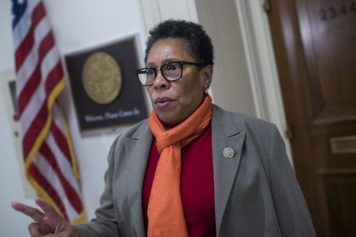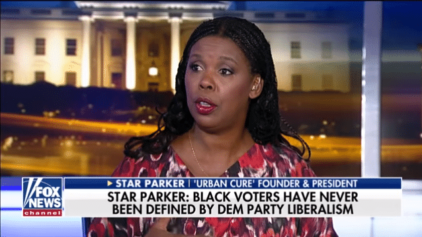In one of the best monthly economic report in years, unemployment in April dropped to 7.5 percent, a four-year low, as the U.S. economy added 165,000 jobs. But among African-Americans, the positive economic signs were almost invisible, as joblessness for them remained high, at 13.2 percent.
The overall numbers were a welcome surprise since many experts expected gloom and doom in the face of the automatic federal budget cuts that took place March 1. But in addition to the 165,000 jobs added in April, the U.S. Labor Department adjusted the job growth numbers for February and March to 332,000 and 138,000 jobs, respectively — an improvement of 114,000 jobs over the previous data releases.
Since last November, the U.S. economy has created an average of 208,000 jobs a month. According to the Bureau of Labor Statistics, the number of involuntary part-time workers increased by 278,000 to 7.9 million people. The bureau estimated there were 835,000 discouraged workers.
The unemployment rate fell from 7.6 percent in March, fueled primarily by a drop in unemployment among women, whose rate was 6.7 percent for April. Teen unemployment remained high at 24.1 percent, while Hispanic unemployment was 9 percent.
For African-Americans, the jobless rate fell from 13.3 percent in March to 13.2 percent in April, matching the overall unemployment rate decline of 0.1 percent but topping all other ethnic groups. In addition, blacks were the only group to show an increase in joblessness over April 2012, when their rate stood at 13.1 percent.
In a statement, Rep. Marcia Fudge (D-Ohio), chair of the Congressional Black Caucus, said in a statement that the report shows that “our economy continues on a fragile path to recovery.”
“The national unemployment rate dropped from 7.6 percent to 7.5 percent and the African-American unemployment rate dropped from 13.3 to 13.2 percent,” she said. “With private sector job growth, the public sector losing fewer jobs this month, and with more people reporting they are re-entering the labor force, there are signs our economy continues to turn around. However, 2.4 million African-Americans and 11.7 Americans are still unemployed.”
“This is a good report,” John Silvia, chief economist at Wells Fargo, told the Associated Press. “There’s a lot of strength… It’s good for the economy. It’s good for people’s income.”
The stronger job growth suggests that the federal budget-cutting “does not mean recession,” Silvia said. “It does not mean a dramatic slowdown.”
Among industries, last month construction companies and the government cut jobs, while manufacturing employment was flat. Higher-paying sectors, such as professional and technical services that include accounting, engineering and architecture, added 23,000 jobs, while education and health services added 44,000.
But most of the job gains were in the lower-paying fields. Hotels and restaurants added 45,000 jobs, and retail added 29,000.
Overall, economists are pleased with the outlook—which was reflected by the Dow Jones average that jumped 164 points in early afternoon trading.
According to the AP report, “Households have shed debt. Gasoline has gotten cheaper. Stock market averages are hitting new records. And home values are up.”


